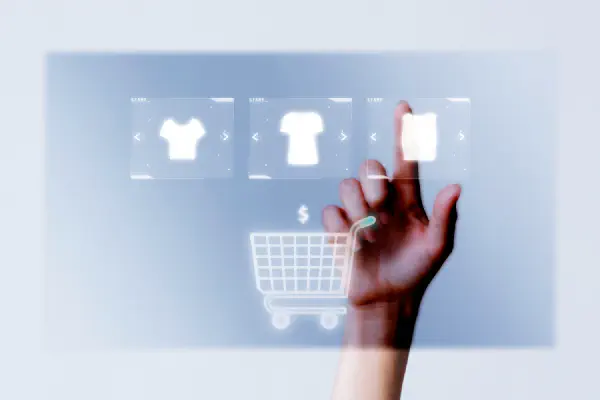Ecommerce personalization is a process that enables retailers to target their customers with more relevant content, products, and offers based on their needs and interests. The goal is to drive customer loyalty and increase the number of future purchases.
Ecommerce personalization can be an intimidating topic to dive into as there are many different ways it can be implemented.
In this blog post, we’ll explain exactly what ecommerce personalization is and how it works as well as address some common concerns you may have about implementing it in your own ecommerce business.

Image Source: FreeImages
What is ecommerce personalization?
Ecommerce personalization is the process of customizing a shopper’s online experience based on their individual needs, preferences, and previous behavior.
Ecommerce personalization can be applied to any aspect of a shopper’s online experience. This can include the products recommended to them, the marketing messages they see, or the website’s design and layout.
Ecommerce personalization is especially important in today’s digital world when customers are bombarded with thousands of marketing messages. To stand out, retailers must make sure their customers are receiving content and product recommendations that are highly relevant to their interests.
This is where ecommerce personalization comes into play. It uses a variety of data points to create a more personalized and relevant shopping experience for each customer.
How does ecommerce personalization work?
The first step in implementing ecommerce personalization is extracting and analyzing data points about your customers and their shopping behaviors. This data can come from a variety of different sources.
Based on the data you have collected, you can then create different customer segments. Once you have these segments, you can create rules or recommendations that will automatically be applied to each of these groups. This can include automatically adding these customers to mailing lists, showing them certain products, or recommending them certain deals or coupon codes.
Ecommerce personalization can be applied in a variety of different ways. Let’s take a look at the different types of personalization and which ones are most effective for driving sales.
Different types of ecommerce personalization
- Product recommendations
Product suggestions are one of the most basic forms of personalization. This is when your ecommerce platform recommends certain products to your customers based on their browsing or purchasing history.
- Content recommendations
This type of personalization is applied when your customers are on your website and are looking at specific content. For example, if a customer is on your homepage and starts reading an article, you can recommend related articles or other content that might interest them.
- Customer journey
Customer journey personalization is used to create a map of each customer’s online journey. This can include any touchpoints they may have had with your website as well as their behavior outside of your website. Customer journey personalization can be applied to a wide range of different channels including email, social media, and SMS messages.
- Messaging
This includes any messaging that is displayed on your website or in marketing campaigns. This can include things like product descriptions, the language used in product images, and banner ads.
Which type of personalization should you use?
As with any marketing tactic, though, certain types are more applicable to your business than others.
The key is to first identify your customers’ pain points. Then, to create recommendations that solve their most pressing problems. This way, you can be sure that the recommendations you are making are meaningful and useful to your customers instead of only being driven by sales numbers.
What you should not do is apply every possible form of personalization to your customers without applying any critical thought. This will not only be confusing for customers but it will also waste your time and money.
The best way to do this is to create a personalization roadmap and apply each form of personalization one at a time. This way, you can identify which types of personalization are most beneficial for your business and which ones aren’t worth your time.
Should you implement ecommerce personalization?
The short answer is yes.
Ecommerce personalization is an essential component of any effective ecommerce strategy. This will help you to improve customer loyalty, increase average order value, and maximize your sales.
If you aren’t currently applying any form of personalization to your ecommerce platform, you are missing out on a huge opportunity to increase sales and improve your customers’ shopping experience.
However, before you implement any type of personalization, there are a few things you should keep in mind.
First, personalization is not the same as customization. Personalization is not the same as creating a one-size-fits-all solution. Instead, it is about using customer data to provide individual customers with specific and relevant content.
Moreover, you should not implement personalization because you feel like you have to. Instead, you should implement it because you understand how it can benefit your customers and your business.
Conclusion
Ecommerce personalization is a powerful tool that can be used to improve the shopping experience for your customers and increase your sales. However, this can only be achieved if you are implementing personalization the right way.
To do this, you need to properly identify which types of personalization will be most beneficial for your business and its customers. You also need to make sure that you are implementing these personalization types in the most effective way possible.
